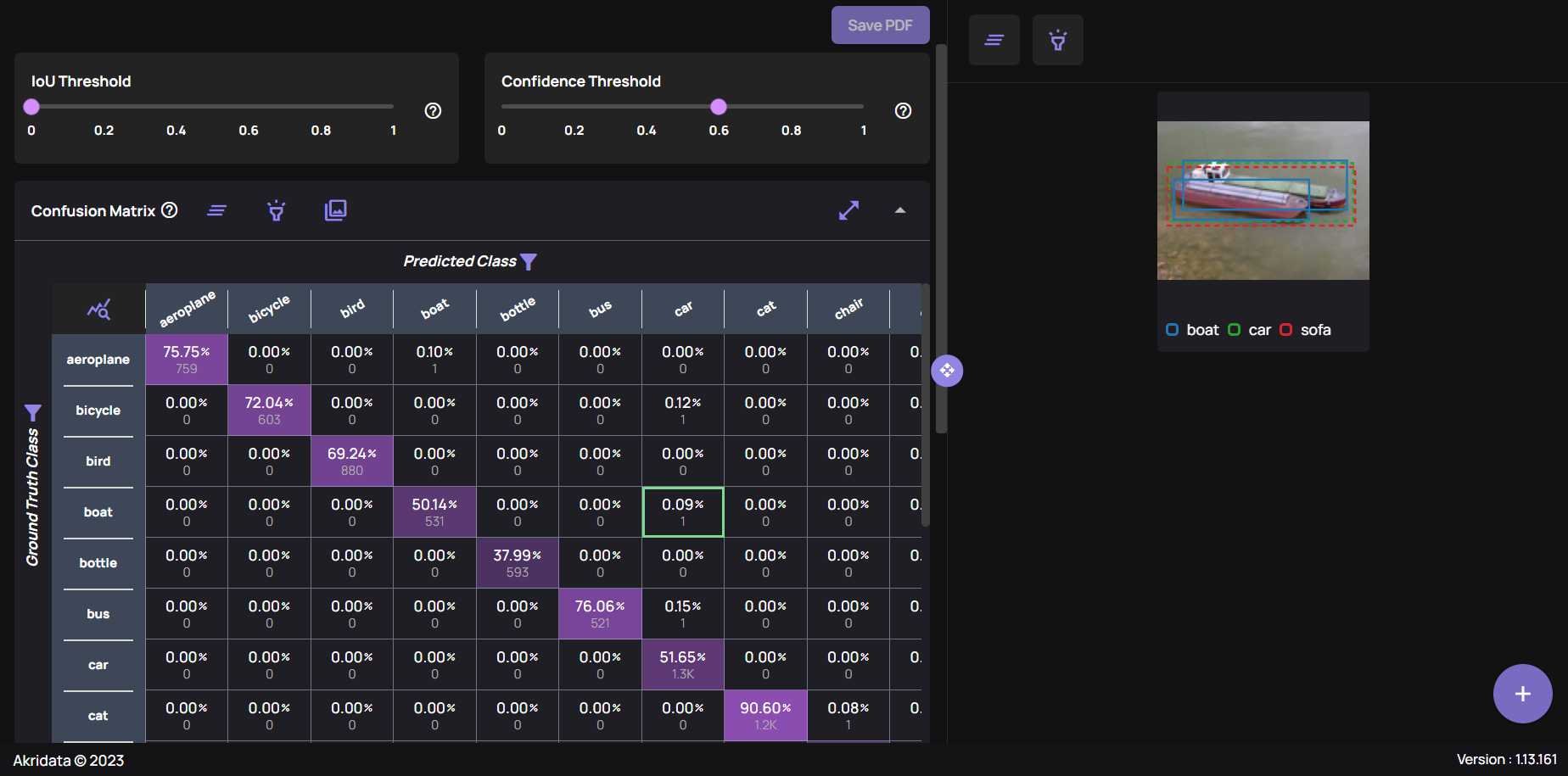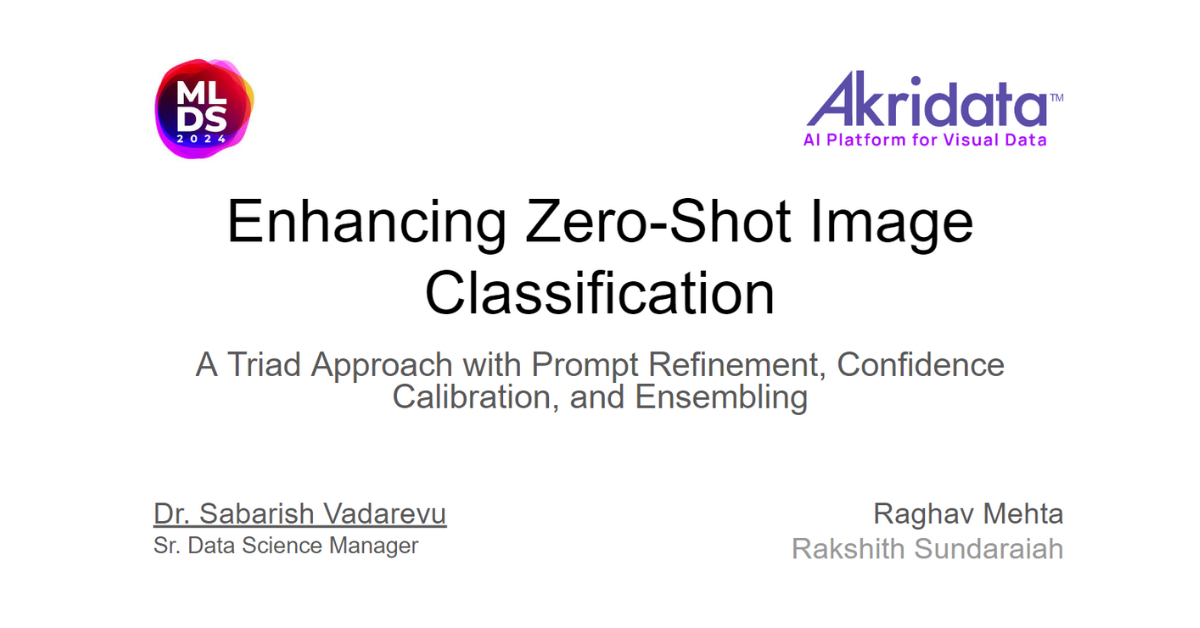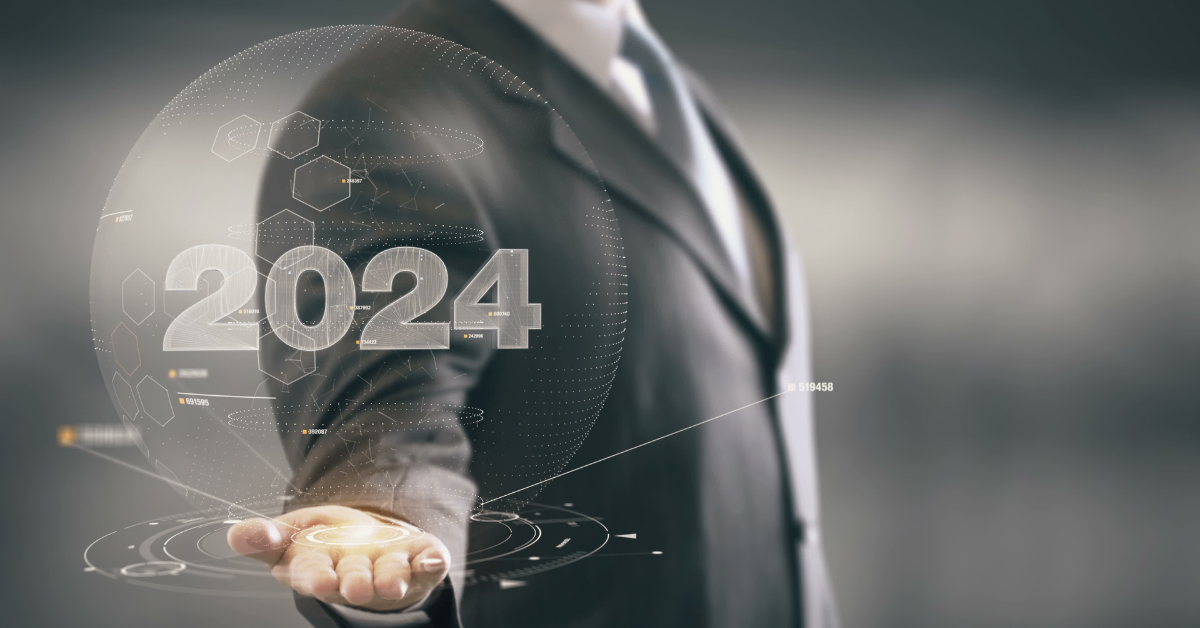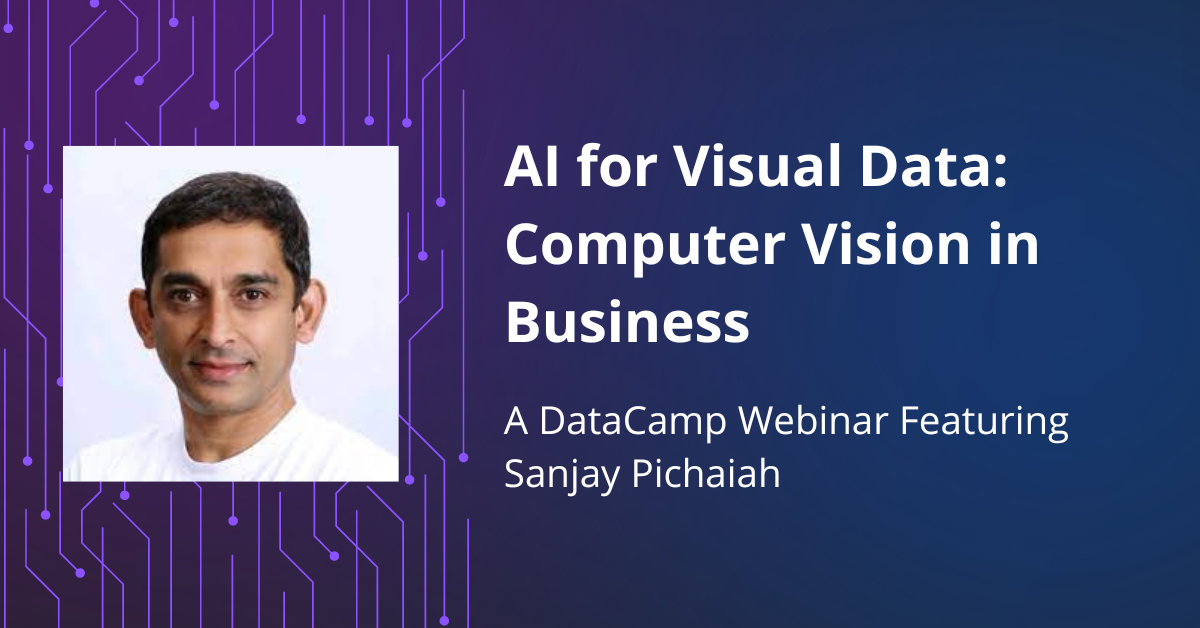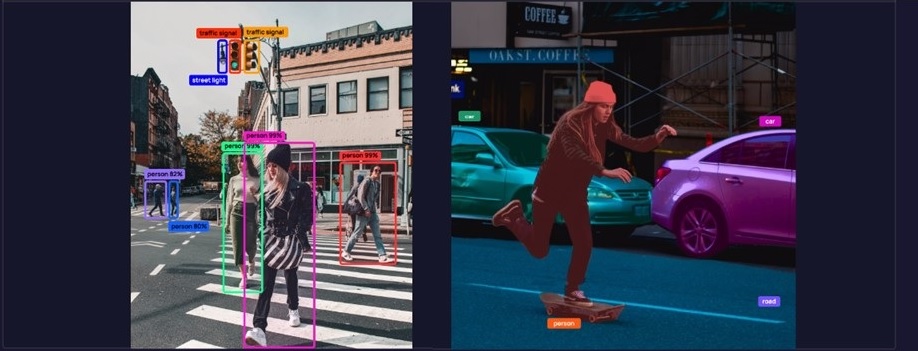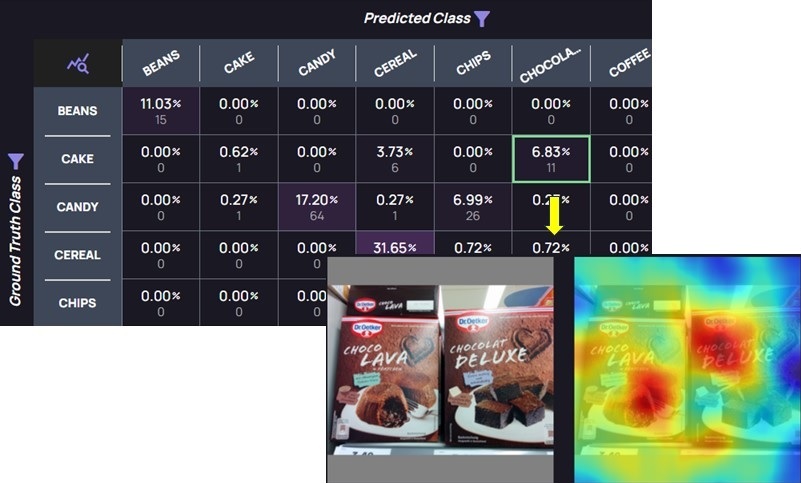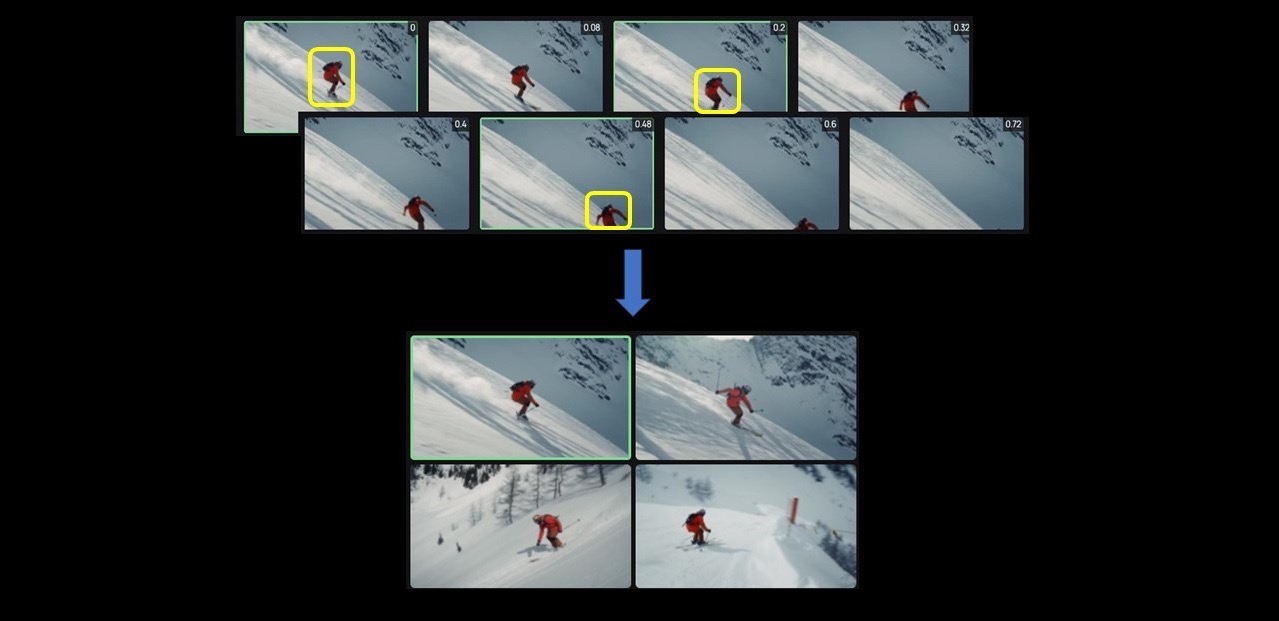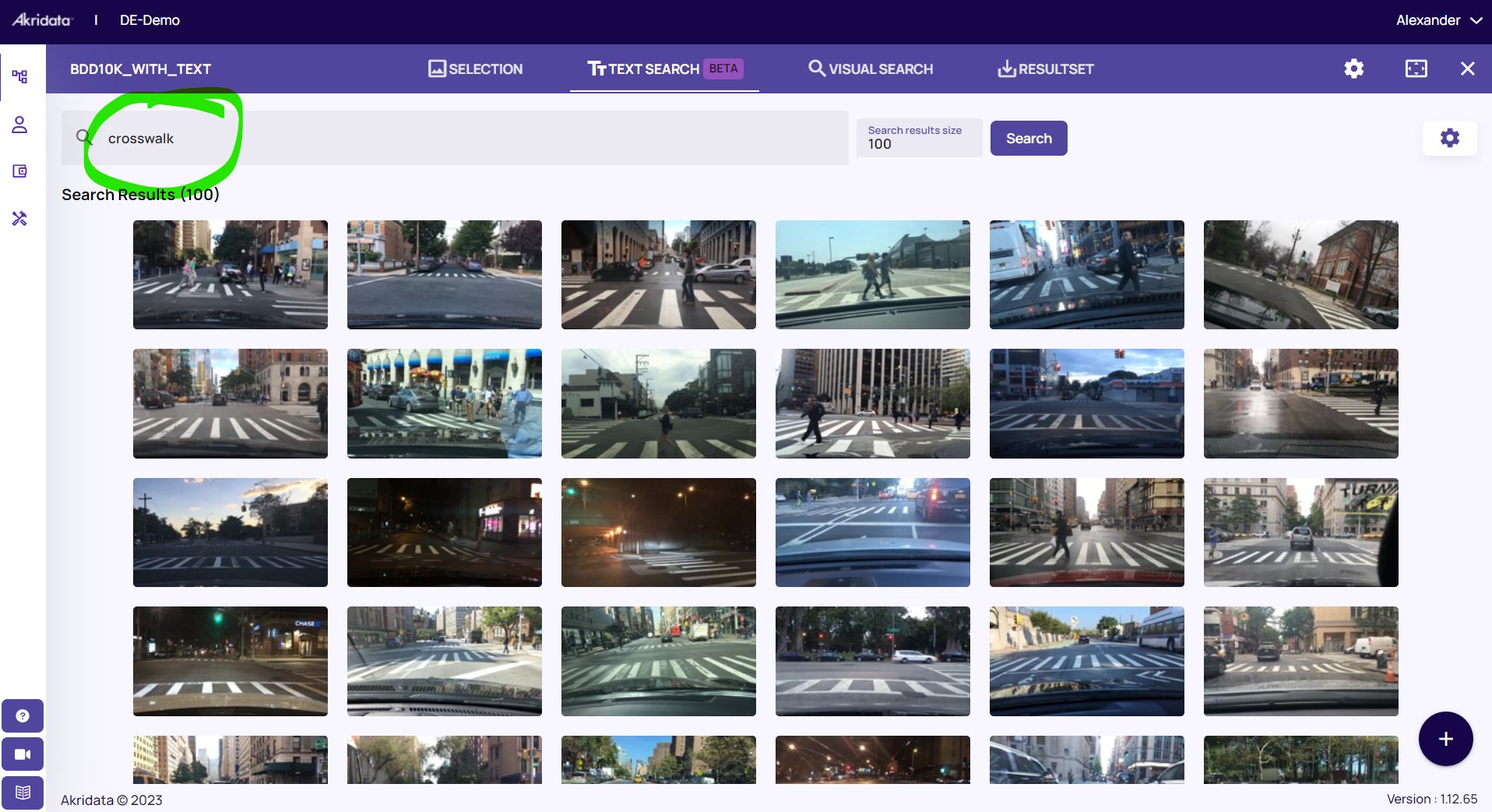Akridata’s Data Explorer offers an interactive platform, where the accuracy metrics are connected directly to the data, saving valuable time in analyzing model’s accuracy, understanding what caused inaccuracies and allowing DS teams to target the next training cycle exactly where the model misfires.
In this blog, we’ll see how Akridata leverages existing models like CLIP and DinoV2 for an improved labeling flow.
Explore AI's transformative effects on the industry in 2024. Uncover key predictions and trends, from foundational models to data quality investments and more.
Until very recently, performing data science with image and video data was an incredibly difficult task. But now, Sanjay Pichaiah explains how advancement in AI powered tools has allowed more organizations to extract value from visual data, an increasingly important need for businesses.
Given the typically large visual datasets, it is impossible to manually inspect each image, but what if there was an automatic way to validate their quality?
Information can be presented in many different forms – starting from its raw format, with no processing or filtering, through graphs and statistics, to a short summary or even a single value. It all depends on the use case, available resources and the next step. Choosing the correct form of data presentation is tricky, but […]
Saliency Maps are essentially heat maps outlining which parts of the image influenced the model more, and which were less important. Once we understand that, we can decide what and how to change, in order to improve the model’s accuracy.
In previous posts we saw how a video could be visualized and how to search for an object within a video. Now, we can go one step further and search for an event.
Data Explorer now provides a text interface where you simply type what are searching for, and Data Explorer will provide the relevant images.
Akridata recently hosted a webinar highlighting the challenges data scientists working with visual data often face and how Data Explorer solves these challenges But, not all visual data is created equal. Data quality varies greatly when it comes to visual datasets, and common issues like data noise, misleading color contrast and imaging, and occlusion that […]
